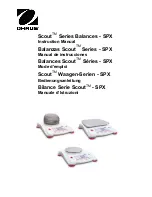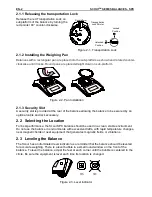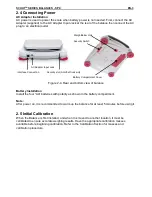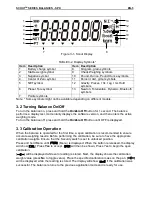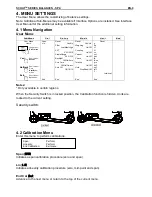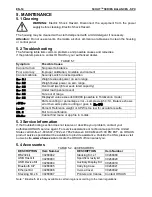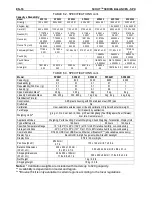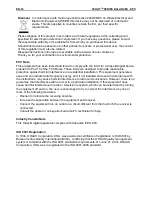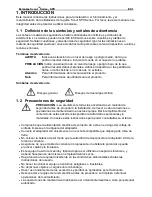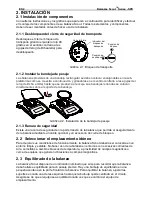
SCOUT
TM
SERIES BALANCES - SPX EN-7
3.7 Check Mode
Use this mode to compare the Weight to a target weight range. The balance supports positive,
negative and zero check weighing.
3.7.1 Check Weighing
Use this mode to compare the weight of items to a target weight range.
1. Press and hold
Mode
until [
CHeCk
] (Check) is displayed. [
CLr.ref
] (clear check limits) will
then display.
2. Press
No
to use the stored check limits and proceed to step 5.
3. Press
Yes
to establish new check limits. The balance will then display [
Set. Lo
]. Press
Yes
to view the “Low” limit value. Press
Yes
to accept or
No
to edit the “Low” limit value. The
stored value then displays with the first digit highlighted [
0
00.000
kg]. Repeatedly press
No
until the desired number appears. Press
Yes
to accept and highlight the next digit. Repeat
until all the digits are correct. Press
Yes
to accept the “low” limit value, [
Set. Hi
] will be
displayed.
4. Repeat the same procedure to
accept or edit the “high” value.
5. If required, place an empty container on the pan and press
Tare
.
6. Place sample material on the pan or in the container. If the sample weight is under the
target weight range, the under icon
will light.
If the sample is within the target weight range,
the accept symbol
will light. If the sample
is over the target weight range, over icon
will light.
Note: Press
Function
to view the low and high check limits.
Positive Check
Positive check is used to determine when the material added to the balance is within the target
range. In this case the UNDER and OVER limits must be positive values. (The OVER limit must
be greater than the UNDER limit.)
Add material to the balance until it is within the
ACCEPT (
) range.
Negative Check
Negative check is used to determine when the material removed from the balance is within the
target range. In this case the UNDER and OVER limits are both negative values.
(The UNDER limit must be greater than the OVER limit.)
Place the item to be weighed on the balance and press
TARE
.
Remove a portion of the item until it is within the ACCEPT range.
Zero Check
Zero check is used when comparing subsequent samples to an initial reference sample. In this
case, the UNDER limit must be a negative value and the OVER limit must be a positive value.
Place the reference item on the balance and press
TARE
. Remove the reference sample and
place the item to be compared on the balance to determine if it is within the ACCEPT range.


